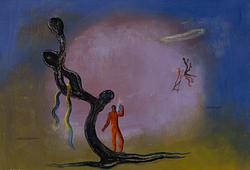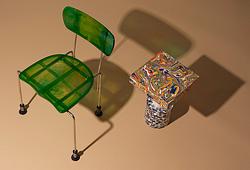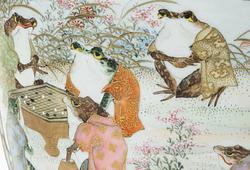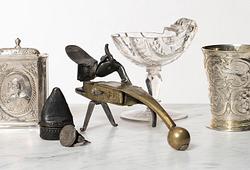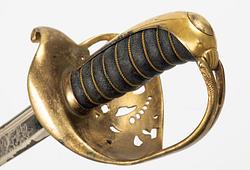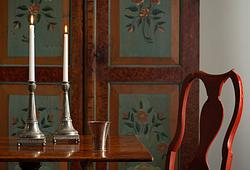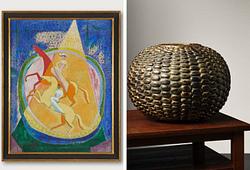Important Spring Sale presents Louis Gauffier
An antique Agra carpet, northern India
During the 19th century, the British Empire grew into one of the largest in history. The 1851 London exhibition (The great exhibition) showed the vast areas of the new empire and several carpets from India was on display. This resulted in a great demand for carpets from Agra.
In 1862 several prison manufactories were established. Weaving studios were established in the Indian prisons where the prisoners were forced to weave carpets as part of their punishment. The prisoners were always instructed by a master weaver. The quality of these carpets is very high. Inspiration was drawn from ancient Anatolian carpets (just like the present carpet) as well as the classic Persian and Mughal carpets from the 16th and 17th centuries. The most famous of these weaving studios was Agra Jail, near the Taj Mahal, where a huge carpet was woven and placed in the Waterloo Chamber of Windsor Castle. It was presented as a gift to Queen Victoria in 1877 on the occasion of her Imperial Durbar.


The carpet will be sold at Important Spring Sale
Estimate 200 000 - 250 000 SEK
Viewing June 5–10, Berzelii Park 1, Stockholm
Open weekdays 11–18, weekends 11–16 CET
Live auction June 11–13, Arsenalsgatan 2, Stockholm
Read more about Important Spring Sale
An antique Agra carpet Of Mughal 'Shrub' design, Northern India
During the 17th century, particularly when Emperor Shah Jahan ruled (1628–1658), the Mughals in India began to place great importance on depicting flowers in a naturalistic manner in their textiles and carpets. On beautiful ruby-red backgrounds, rows of flowers such as lilies, poppies, carnations, tulips, violets, and daffodils were woven—often so detailed that one could recognise the species.
These flower-inspired patterns remained popular for several hundred years. Over time, however, weavers began to take greater artistic liberties, making the flowers less realistic and sometimes difficult to identify. The carpet described here features a pattern reminiscent of the early Mughal carpets, but instead of a red background, it has a light, ivory-coloured ground. The flowers are smaller and not as easily identifiable. In the 19th century, it became common to weave similar carpets in the prisons of Agra and Lahore. Many carpets with similar floral patterns were created there, often with slightly altered colours and details.


The carpet will be sold at Important Spring Sale
Estimate 150 000 - 175 000 SEK
Viewing June 5–10, Berzelii Park 1, Stockholm
Open weekdays 11–18, weekends 11–16 CET
Live auction June 11–13, Arsenalsgatan 2, Stockholm
Read more about Important Spring Sale
Requests & condition reports

Vasarahinta
Ei myyty
Lähtöhinta
100 000 - 125 000 SEK

Vasarahinta
65 000 SEK
Lähtöhinta
50 000 - 60 000 SEK

Vasarahinta
Ei myyty
Lähtöhinta
60 000 - 80 000 SEK

Vasarahinta
60 000 SEK
Lähtöhinta
100 000 - 150 000 SEK

Vasarahinta
Ei myyty
Lähtöhinta
100 000 - 125 000 SEK
Requests & condition reports

Tukholma
Christopher Stålhandske
Asiantuntija matot, tekstiilit, islamilainen taidekäsityö
+46 (0)708 19 12 58




